Species Photo Gallery for Macrosteles lepidus No Common Name 15 |
 | Photo by: Marilyn Westphal, Nora Murdock
Henderson Co.
Comment: Using beat sheet |  | Photo by: Kyle Kittelberger
Wake Co.
Comment: female |
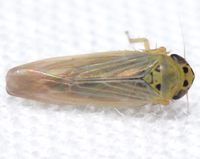 | Photo by: Kyle Kittelberger
Wake Co.
Comment: 3.9 mm, female |  | Photo by: Kyle Kittelberger
Wake Co.
Comment: 3.9 mm, female |
 | Photo by: Kyle Kittelberger
Wake Co.
Comment: 3.9 mm, female | 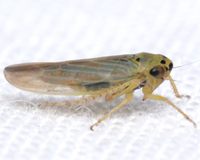 | Photo by: Kyle Kittelberger
Wake Co.
Comment: 3.9 mm, female |
 | Photo by: John Petranka
Orange Co.
Comment: Attracted to 15W UV lamp | 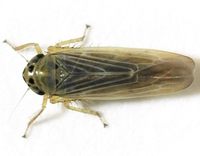 | Photo by: Rob Van Epps
Mecklenburg Co.
Comment: Came to UV light. Suburban yard near woods. Female |
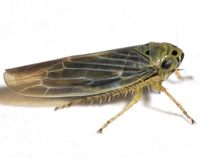 | Photo by: Rob Van Epps
Mecklenburg Co.
Comment: Came to UV light. Suburban yard near woods. Female | 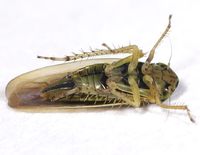 | Photo by: Rob Van Epps
Mecklenburg Co.
Comment: Came to UV light. Suburban yard near woods. Female |
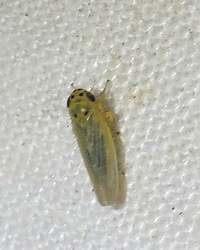 | Photo by: Randy L Emmitt
Orange Co.
Comment: UV light |  | Photo by: Ken Kneidel
Mecklenburg Co.
Comment: 4.1 mm, sweep through permanently wet marshy area |
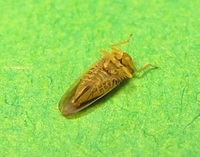 | Photo by: Ken Kneidel
Mecklenburg Co.
Comment: 4.1 mm, sweep through permanently wet marshy area | 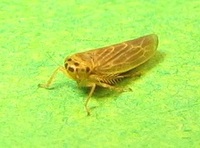 | Photo by: Ken Kneidel
Mecklenburg Co.
Comment: 4.1 mm, sweep through permanently wet marshy area |
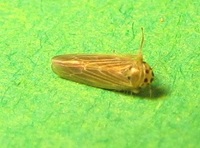 | Photo by: Ken Kneidel
Mecklenburg Co.
Comment: 4.1 mm, sweep through permanently wet marshy area |

 »
»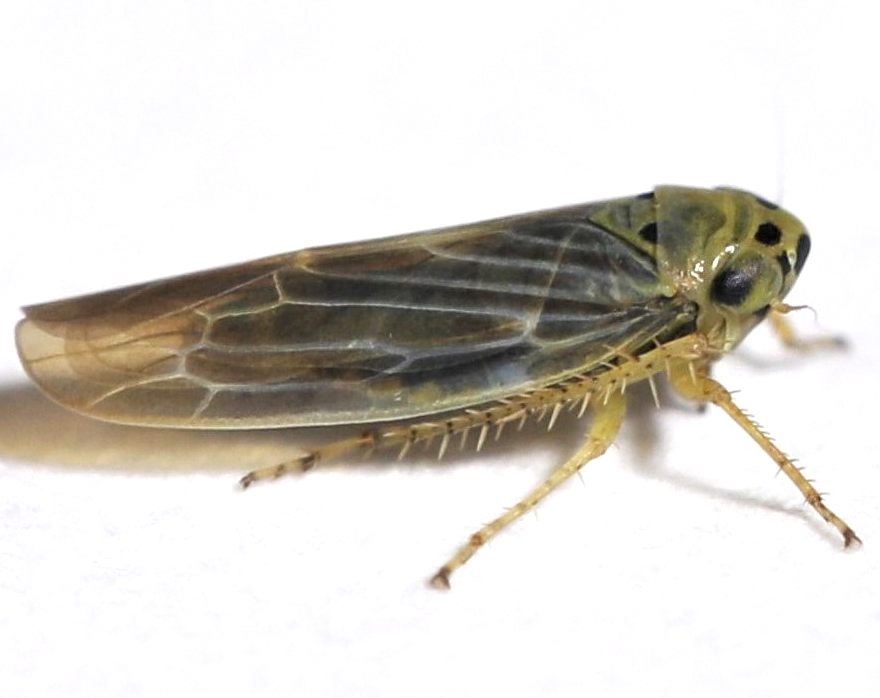

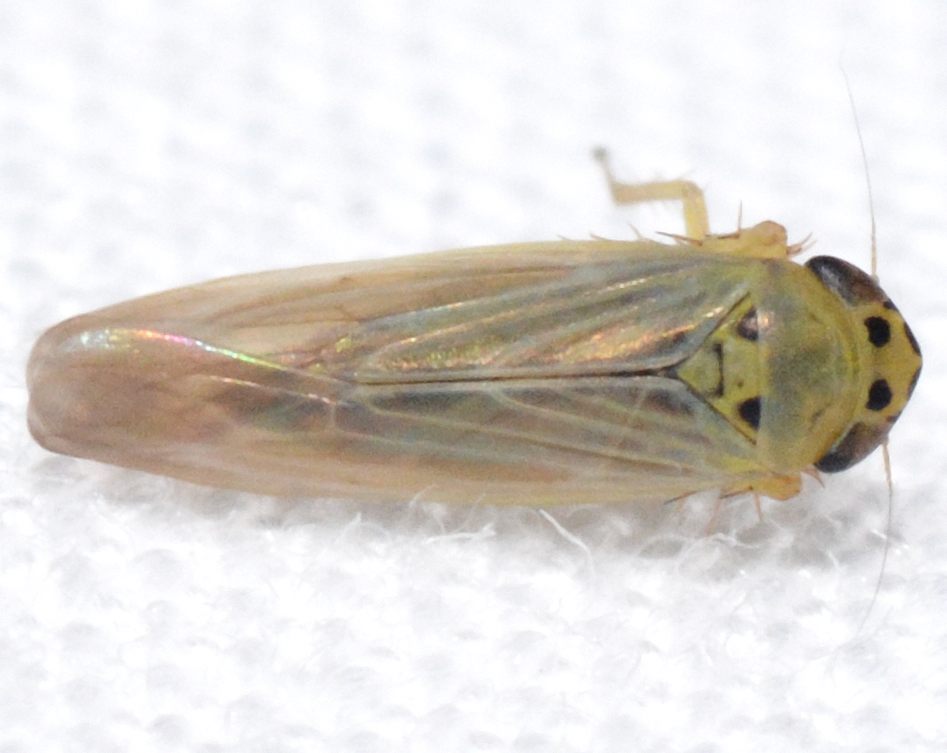

 »
»

